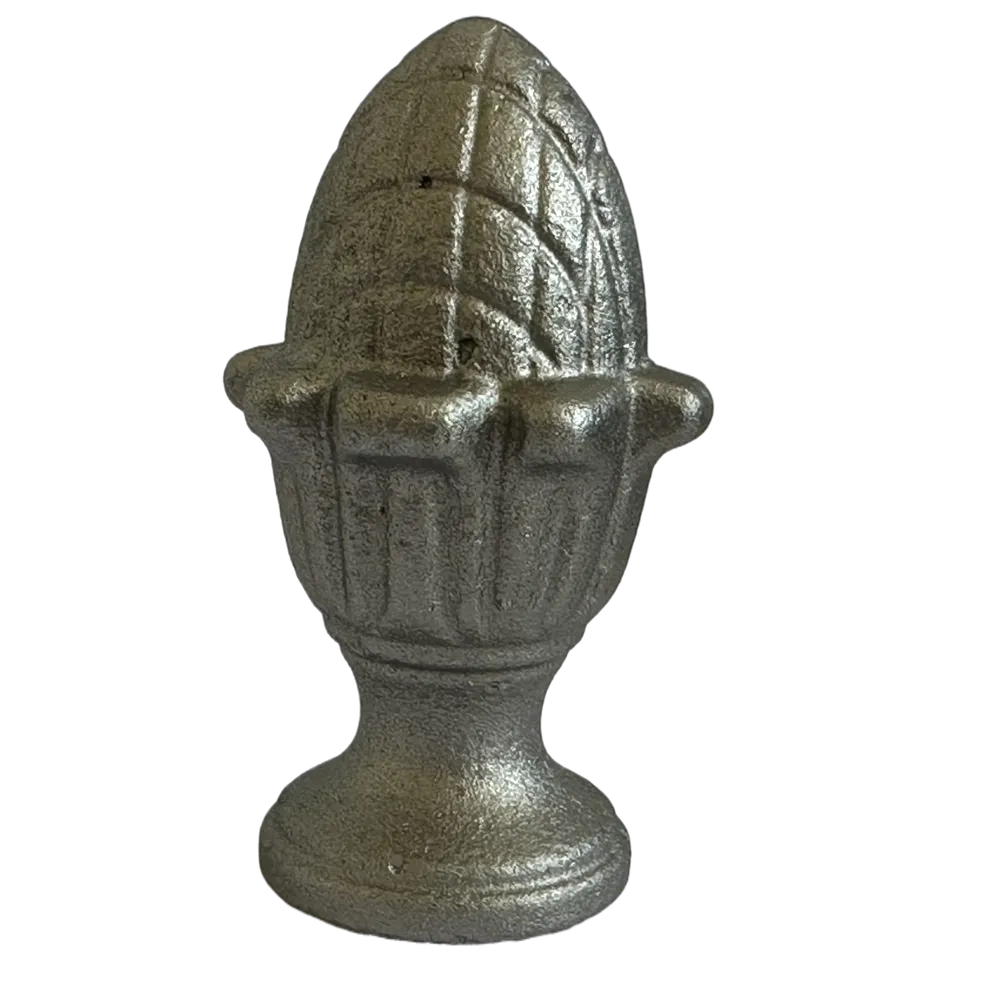Durable and Elegant Cast Iron Gate Designs for Your Property
The Elegant Charm of Cast Iron Gates
When one thinks of architectural elegance, the image of a cast iron gate often springs to mind. These gates, which have adorned homes, gardens, and public buildings for centuries, epitomize a blend of functionality and artistry. Their intricate designs and sturdy construction not only provide security but also enhance the aesthetic appeal of any property.
Historical Significance
The history of cast iron gates dates back to the early industrial era. As iron became more widely used due to advancements in metallurgy, artisans began to explore its potential for creating more than just utilitarian objects. The Victorian era, in particular, was a golden age for ironwork, which saw an explosion of ornate designs. Craftsmen took to their forges, creating gates that were not only functional but also strikingly beautiful. Features such as scrollwork, floral motifs, and intricate patterns became commonplace, as did the use of cast iron as a medium for artistic expression.
Craftsmanship and Design
Today, cast iron gates are celebrated not only for their durability but also for the craftsmanship that goes into their making. Skilled artisans pour molten iron into molds to create various designs ranging from the classic to the contemporary. The beauty of cast iron lies in its versatility; it can be molded into intricate shapes and patterns, allowing for endless customization. Whether it’s a simple, elegant design or a lavish, baroque display of artistry, cast iron gates can be tailored to reflect the personality of any space.
Moreover, the process of creating cast iron gates requires a significant level of expertise. Each piece is often handcrafted, ensuring that no two gates are exactly alike. Artisans carefully consider the proportions, balance, and flow of the design, combining aesthetics with functionality. As a result, these gates often become focal points in garden landscapes and entryways, drawing the eye and eliciting admiration from passersby.
cast iron gate

Durability and Maintenance
While the beauty of cast iron gates is undeniable, their practical benefits are equally compelling. Cast iron is renowned for its strength and resilience. These gates can withstand the test of time, resisting adverse weather conditions and corrosion better than many alternatives, such as wood or lighter metals. This resilience makes them a popular choice for homeowners wanting to install a gate that not only looks good but also stands the test of time.
However, like any outdoor feature, cast iron gates require some maintenance. Regular inspections for rust and wear, along with periodic painting and sealing, can ensure these gates remain in pristine condition for decades. With a little care, a cast iron gate can continue to grace a property with its timeless beauty and elegance for generations.
A Symbol of Security
In addition to offering beauty and craftsmanship, cast iron gates serve a critical security purpose. Their sturdy construction provides a sense of safety and protection for homes and gardens. Many homeowners choose iron gates to keep unwanted visitors out while allowing visibility into their property. This combination of security and transparency makes cast iron gates an ideal choice for those wishing to maintain a relationship with their outdoor space without compromising safety.
Conclusion
Cast iron gates are undoubtedly a charming addition to any property. They blend historical significance, exquisite craftsmanship, and functionality into one elegant package. As society rushes towards modernity, there remains a place for the classic beauty of cast iron gates in contemporary architecture. Whether gracing a stately manor or a quaint garden, these gates tell stories of elegance, security, and artistic expression, capturing the imagination of all who behold them. Investing in a cast iron gate can transform a space, adding character and charm that is both timeless and captivating. In a world that often prioritizes the quick and convenient, cast iron gates remind us of the enduring value of artistry and craftsmanship in our everyday lives.
-
Wrought Iron Components: Timeless Elegance and Structural StrengthNewsJul.28,2025
-
Window Hardware Essentials: Rollers, Handles, and Locking SolutionsNewsJul.28,2025
-
Small Agricultural Processing Machines: Corn Threshers, Cassava Chippers, Grain Peelers & Chaff CuttersNewsJul.28,2025
-
Sliding Rollers: Smooth, Silent, and Built to LastNewsJul.28,2025
-
Cast Iron Stoves: Timeless Heating with Modern EfficiencyNewsJul.28,2025
-
Cast Iron Pipe and Fitting: Durable, Fire-Resistant Solutions for Plumbing and DrainageNewsJul.28,2025
-
 Wrought Iron Components: Timeless Elegance and Structural StrengthJul-28-2025Wrought Iron Components: Timeless Elegance and Structural Strength
Wrought Iron Components: Timeless Elegance and Structural StrengthJul-28-2025Wrought Iron Components: Timeless Elegance and Structural Strength -
 Window Hardware Essentials: Rollers, Handles, and Locking SolutionsJul-28-2025Window Hardware Essentials: Rollers, Handles, and Locking Solutions
Window Hardware Essentials: Rollers, Handles, and Locking SolutionsJul-28-2025Window Hardware Essentials: Rollers, Handles, and Locking Solutions -
 Small Agricultural Processing Machines: Corn Threshers, Cassava Chippers, Grain Peelers & Chaff CuttersJul-28-2025Small Agricultural Processing Machines: Corn Threshers, Cassava Chippers, Grain Peelers & Chaff Cutters
Small Agricultural Processing Machines: Corn Threshers, Cassava Chippers, Grain Peelers & Chaff CuttersJul-28-2025Small Agricultural Processing Machines: Corn Threshers, Cassava Chippers, Grain Peelers & Chaff Cutters












